Embrace the Season of Renewal: Plan Your Spring Garden Today
As the chill of winter slowly gives way to the warmth of spring, there’s a unique excitement in the air. The promise of blossoming flowers, the fresh green of new leaves, and the fragrant breeze signal the beginning of a new gardening season. If you’re dreaming of a vibrant spring garden, now is the perfect time to start planning. Early preparation sets the stage for a flourishing garden and allows you to make thoughtful decisions about the trees and plants that will transform your outdoor space.
The Benefits of Early Spring Garden Planning
1. Maximizing Your Garden’s Potential
Planning your garden is like laying the foundation for a beautiful masterpiece. It gives you the opportunity to:
- Choose the right trees and plants: Early planning allows you to research and select trees and plants best suited to your garden’s climate, soil, and sunlight. For example, the Magnolia 'Teddy Bear' is popular for its compact size and stunning, glossy green leaves, creating a striking backdrop in any garden. This evergreen beauty is perfect for small spaces and adds year-round interest to your garden.
- Secure the best varieties: Many sought-after species, such as Pyrus calleryana 'Cleveland Selec', are in high demand during spring. By planning early, you can ensure that you get the best specimens before they sell out. The Pyrus calleryana 'Cleveland Select' is known for its symmetrical shape, brilliant white spring flowers, and vibrant fall foliage, making it a favorite among gardeners looking for a tree that offers beauty every season.
- Optimize planting schedules: Understanding the optimal planting times for different species ensures that your trees and plants have the best start. For example, the Acacia Implexa is a hardy, fast-growing tree that thrives when planted in early spring. This native Australian tree is known for its drought tolerance and unique, twisted branches that add an architectural element to your garden.
2. Saving Time and Reducing Stress
Gardening should be a joyful and relaxing activity, not a last-minute rush. By planning your spring garden now:
- You’ll have time to prepare the soil: Healthy soil is the foundation of a thriving garden. Early preparation allows you to enrich your soil with organic matter, adjust pH levels, and remove weeds before planting.
- You can avoid the spring rush: Spring is a busy time for garden centers and nurseries. By planning and purchasing your plants early, you can avoid the crowds and ensure you get exactly what you need.
- You’ll enjoy a longer blooming season: With careful planning, you can select various plants that bloom at different times, ensuring that your garden is filled with color from early spring through late summer.
Choosing the Right Trees for Your Spring Garden
The trees you choose for your garden shape its overall aesthetic and atmosphere. Let’s explore some top picks that can elevate your spring garden.
1. Magnolia grandiflora 'Teddy Bear'
The Magnolia 'Teddy Bear' is a standout choice for any spring garden. This compact, evergreen tree is beloved for its large, fragrant white flowers that bloom from late winter through spring. The glossy green leaves provide a lush backdrop that complements other flowering plants. Its upright growth habit makes it ideal for small gardens or as a focal point in larger landscapes. Whether planted as a specimen tree or in a row for a privacy screen, the Magnolia 'Teddy Bear' will surely add elegance to your garden.
Key Facts to Know:
Common Name: Teddy Bear Southern Magnolia
Mature Height (meters): 4-6 meters
Mature Width (meters): 2-3 meters
Spacing: Plant at least 3 meters apart from other plants or structures to ensure proper growth and airflow.
Uses: Due to its smaller stature, it's perfect for residential gardens as a feature tree, in borders, or as a privacy screen. It's also well-suited for large container planting on patios or decks.
Tolerates: Adaptable to a variety of soil types, as long as they are well-draining. It's also somewhat resistant to urban pollution.
2. Pyrus calleryana 'Cleveland Select'
The Pyrus calleryana 'Cleveland Select' is an excellent choice for those seeking a tree with multi-season interest. This deciduous tree bursts into a cloud of white flowers in early spring, attracting pollinators and creating a stunning visual display. As the season progresses, the glossy green leaves provide shade, and in the fall, they transform into a brilliant display of reds and oranges. The Pyrus calleryana is also known for its adaptability to different soil types and its resistance to pests and diseases, making it a low-maintenance addition to your garden.
Key Facts to Know:
Common Name: Cleveland Select Pear, Chanticleer Pear
Mature Height (meters): Typically reaches about 10-12 meters
Mature Width (meters): Approximately 3-4 meters, known for its narrow, columnar growth
Spacing: Plant at least 3-4 meters apart from other trees or structures to allow for proper development.
Uses: Ideal for urban landscaping due to its tolerance to pollution, compact growth, and beautiful appearance. It's used for avenue plantings, as a specimen tree, and in residential and public gardens.
Maintenance: Requires minimal maintenance; occasional pruning is recommended to maintain its shape and remove any damaged or diseased branches.
Water Requirement: Moderate; regular watering is essential, especially during dry spells and in the first few years after planting.
3. Acacia Implexa
If you’re looking for a tree that offers both beauty and resilience, the Acacia Implexa is a top contender. This native Australian tree is well-suited to various climates and is particularly valued for its drought tolerance. The Acacia lmplexa features slender, arching branches and fine, feathery foliage, creating a light, airy effect in the garden. In spring, it produces clusters of pale yellow flowers that add a subtle touch of color. Its unique twisted branches make it an excellent choice for adding architectural interest to your landscape.
Key Facts to Know:
Common Name: Lightwood, Hickory Wattle
Mature Height (meters): 8 meters
Mature Width (meters): 7 meters
Spacing: Plant 8 meters apart for optimal growth.
Uses: Lightwood or Hickory Wattle is a versatile tree that can be used as a feature tree to enhance your landscape's beauty. It provides natural shade, making it an ideal choice for creating comfortable outdoor spaces. Its evergreen foliage adds year-round greenery to your garden.
Tolerates: Drought-tolerant and adaptable to various soil types
Maintenance: Low
Water Requirement: Regular watering during the first few years for establishment; becomes more drought-tolerant with age.
Practical Steps for Spring Garden Preparation
Now that you’ve selected the perfect trees, it’s time to prepare your garden for planting.
1. Soil Preparation
- Test your soil: Before planting, it’s essential to test your soil’s pH and nutrient levels. This will help you determine if any amendments are needed to create the ideal growing conditions for your trees.
- Enrich with organic matter: Incorporate compost or well-rotted manure into your soil to improve its structure and fertility. This will give your trees the necessary nutrients to establish strong roots and thrive.
- Mulch wisely: Apply a layer of mulch around your trees to help retain moisture, suppress weeds, and regulate soil temperature. Organic mulches like wood chips or bark are particularly beneficial.
2. Planting Tips
- Timing is key: Early spring is the best time to plant many trees, including the Magnolia 'Teddy Bear' and Pyrus calleryana 'Cleveland Select'. Planting at this time allows the trees to establish roots before the heat of summer sets in.
- Dig the right hole: Ensure the planting hole is twice as wide as the tree’s root ball and just as deep. This gives the roots ample space to spread out and establish themselves.
- Water wisely: After planting, water your trees deeply to help settle the soil and remove air pockets. Continue to water regularly, especially during dry spells, to support healthy growth.
FAQs About Spring Garden Planning
1. Q: What is the best time to start planning my spring garden?
A: The best time to start planning your spring garden is in late winter or early spring. This allows you to research and select the best plants, prepare your soil, and ensure everything is ready for planting.
2. Q: How do I choose the right trees for my garden?
A: When choosing trees, consider your garden’s climate, soil type, and available space. Research different species, like the Magnolia 'Teddy Bear', Pyrus calleryana 'Cleveland Select,' and Acacia Implexa, to find trees that will thrive in your environment.
3. Q: Can I plant trees in early spring?
A: Early spring is an excellent time to plant many trees. The cooler weather and ample moisture help trees establish strong roots before the growing season begins.
Conclusion
Planning your spring garden now sets the stage for a successful planting season and allows you to create a garden that will bring joy and beauty throughout the year. By choosing the right trees, preparing your soil, and planting at the optimal time, you’ll ensure that your garden is a stunning sanctuary that reflects the best of nature’s bounty. Whether you’re drawn to the Magnolia 'Teddy Bear' elegance, the seasonal splendor of the Pyrus calleryana 'Cleveland Select', or the resilience of the Acacia Implexa, your spring garden is poised to be a true masterpiece.


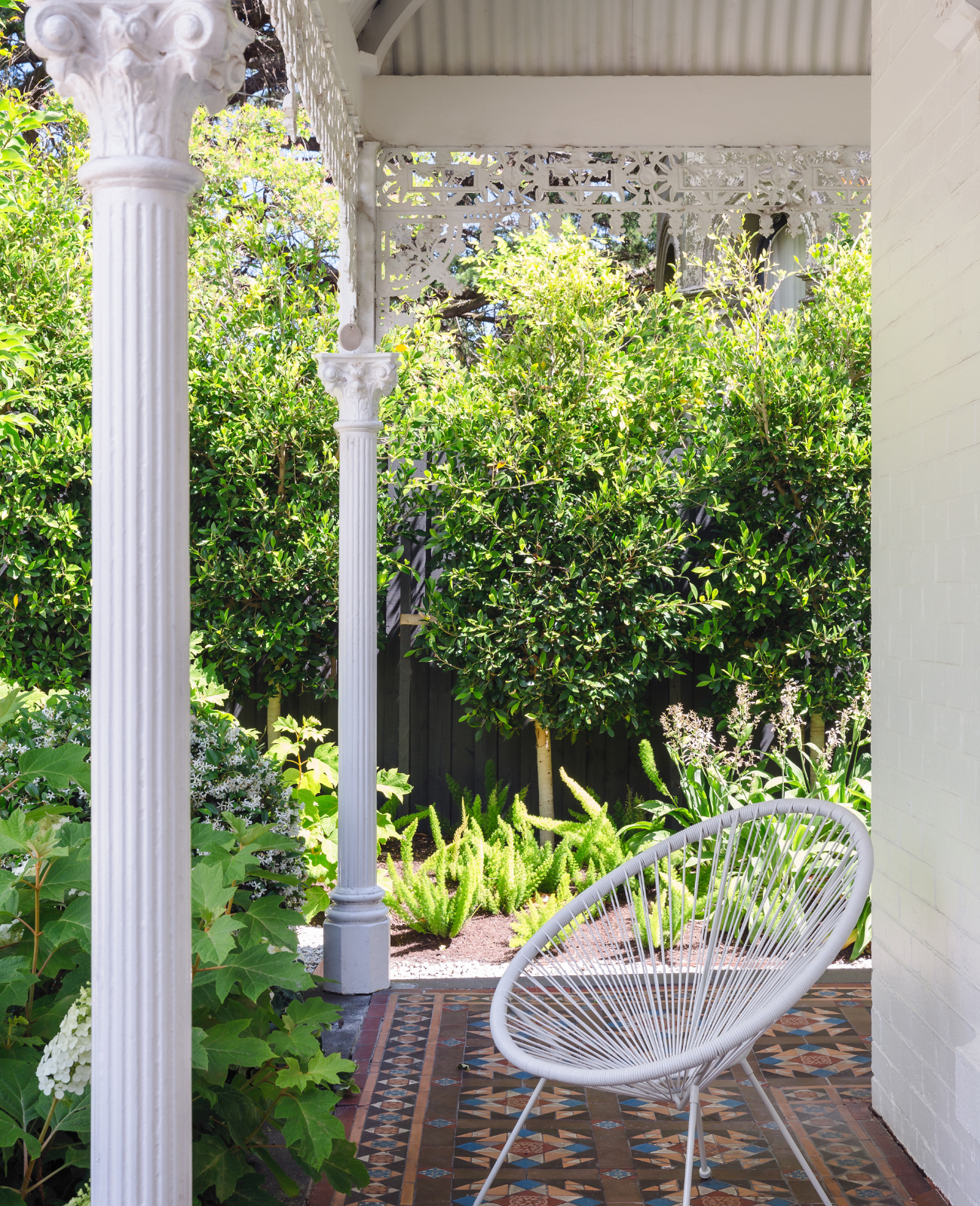

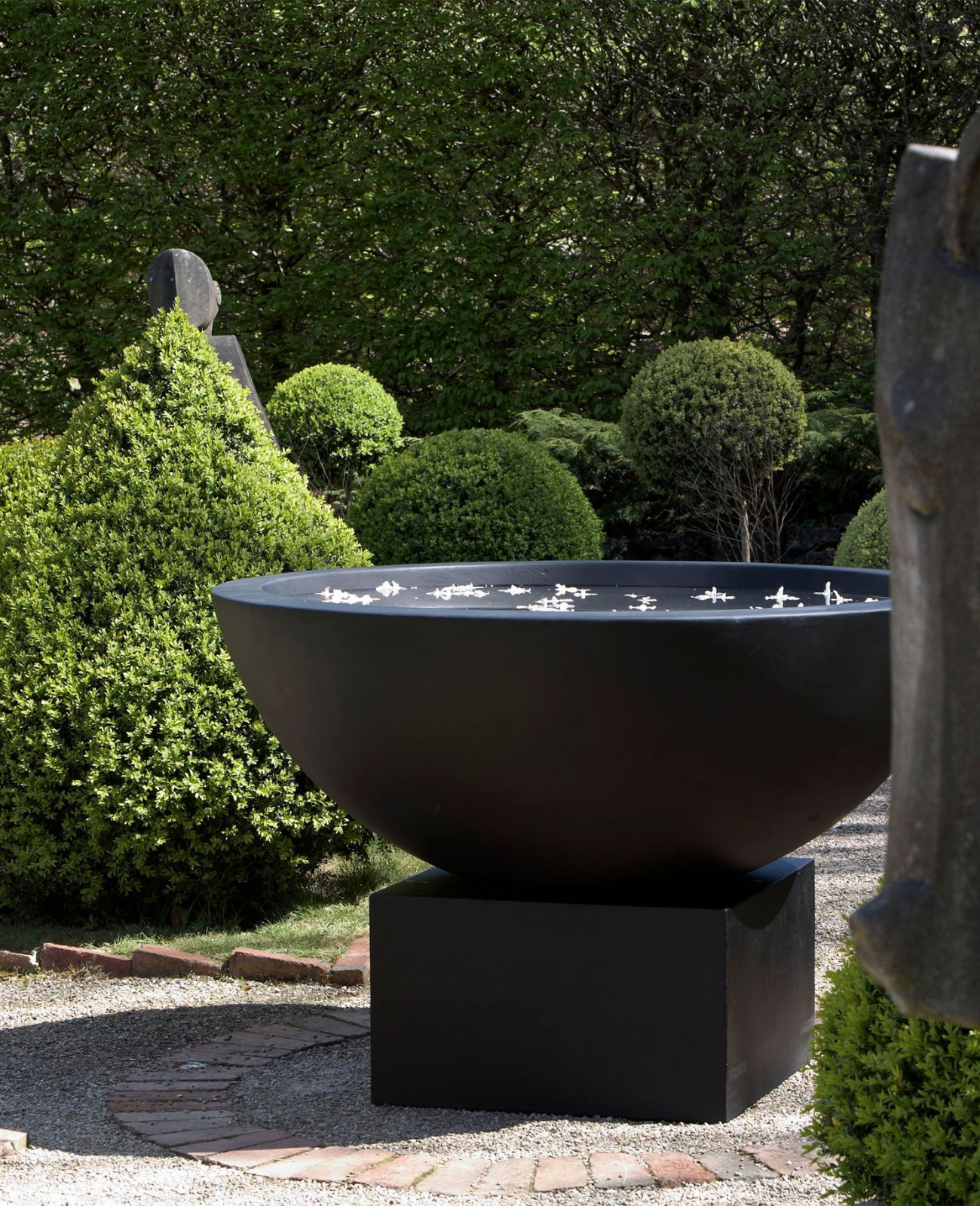
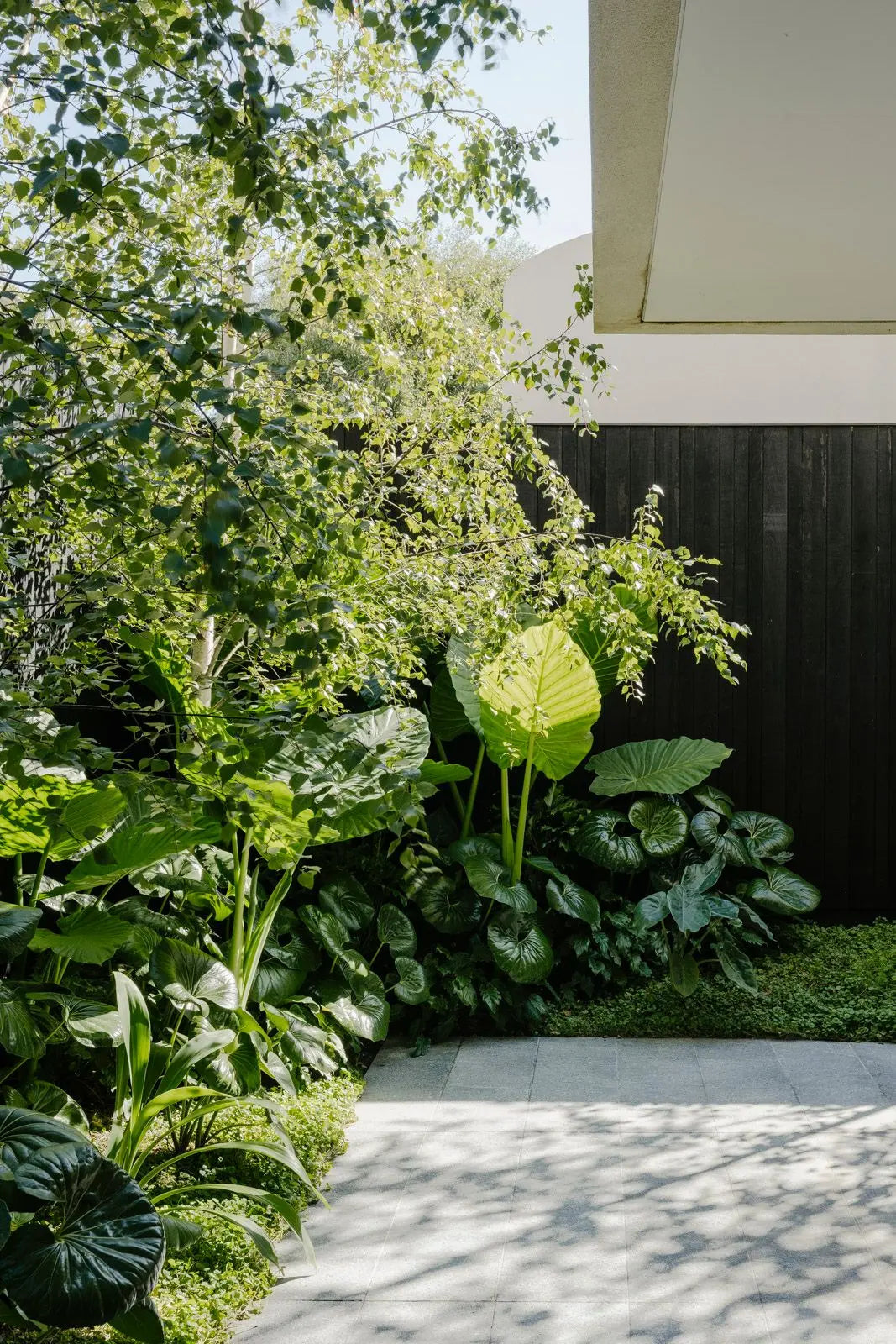
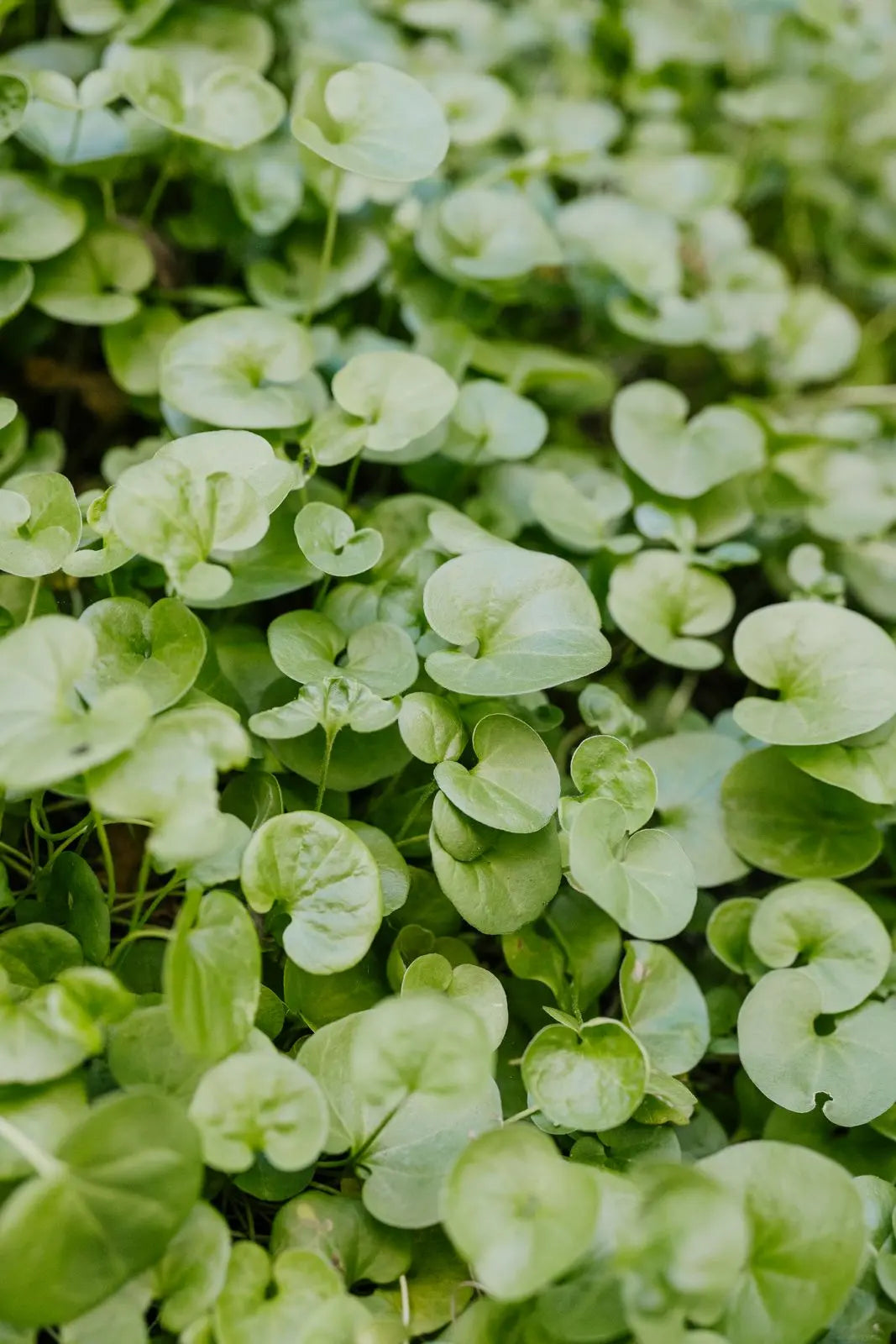
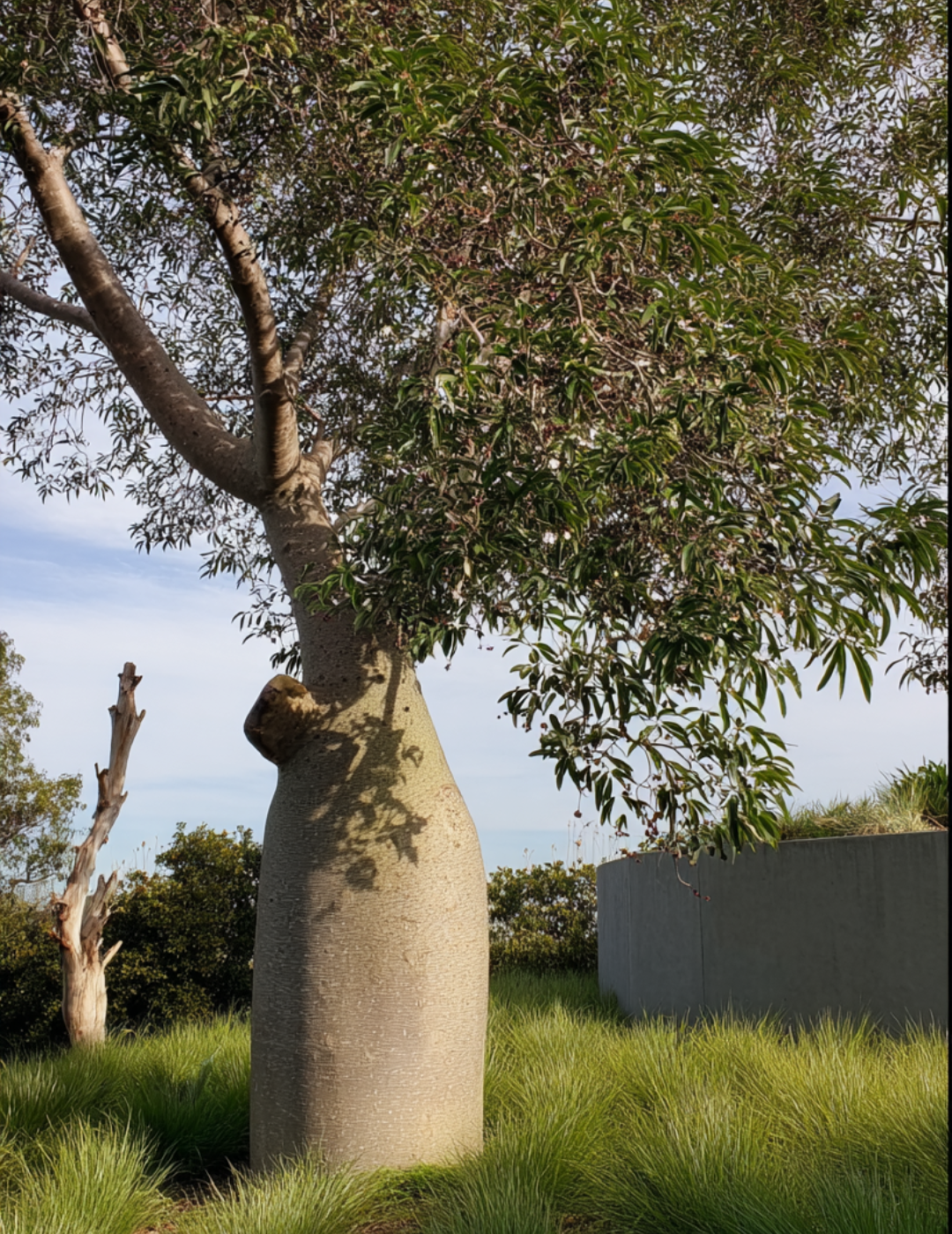
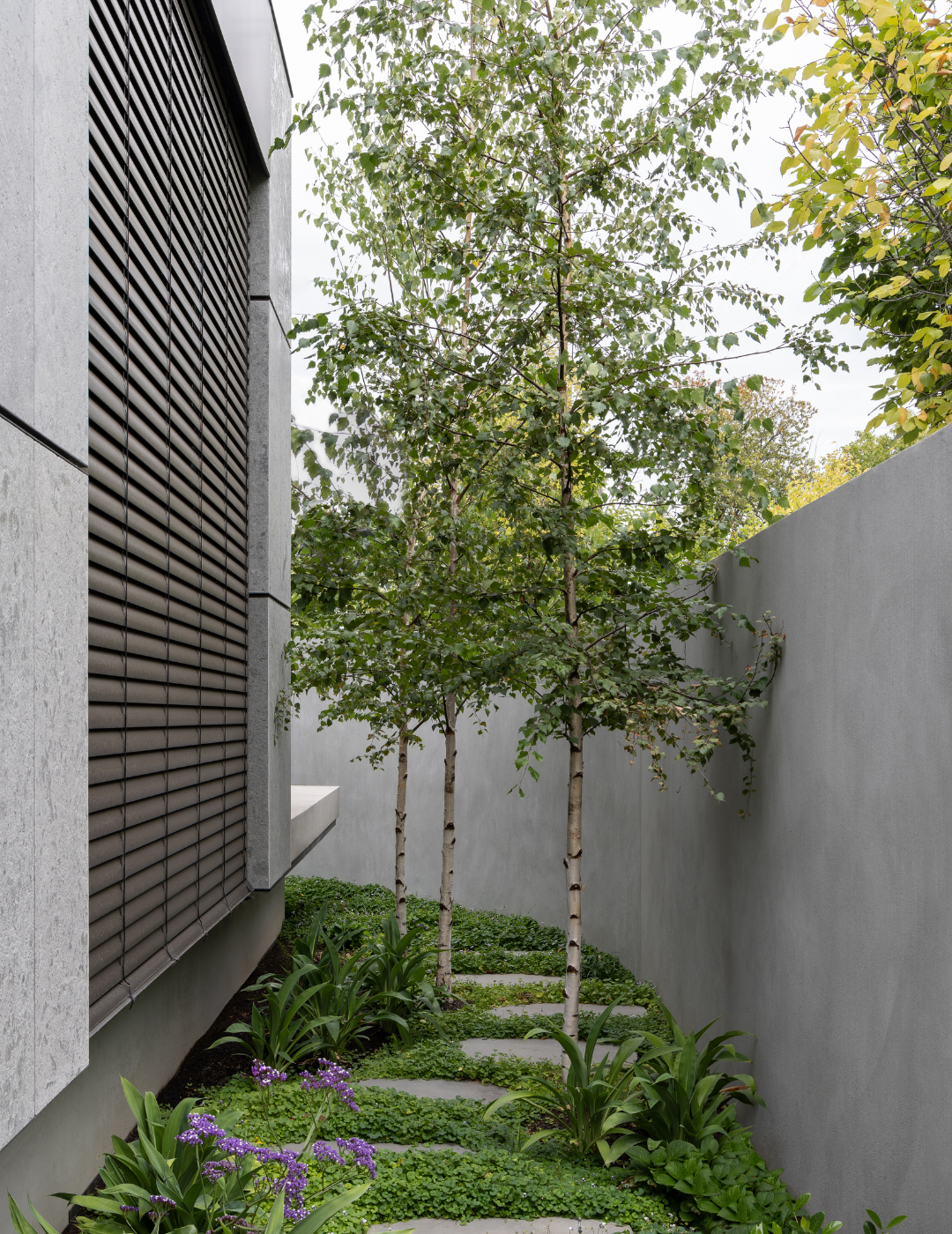
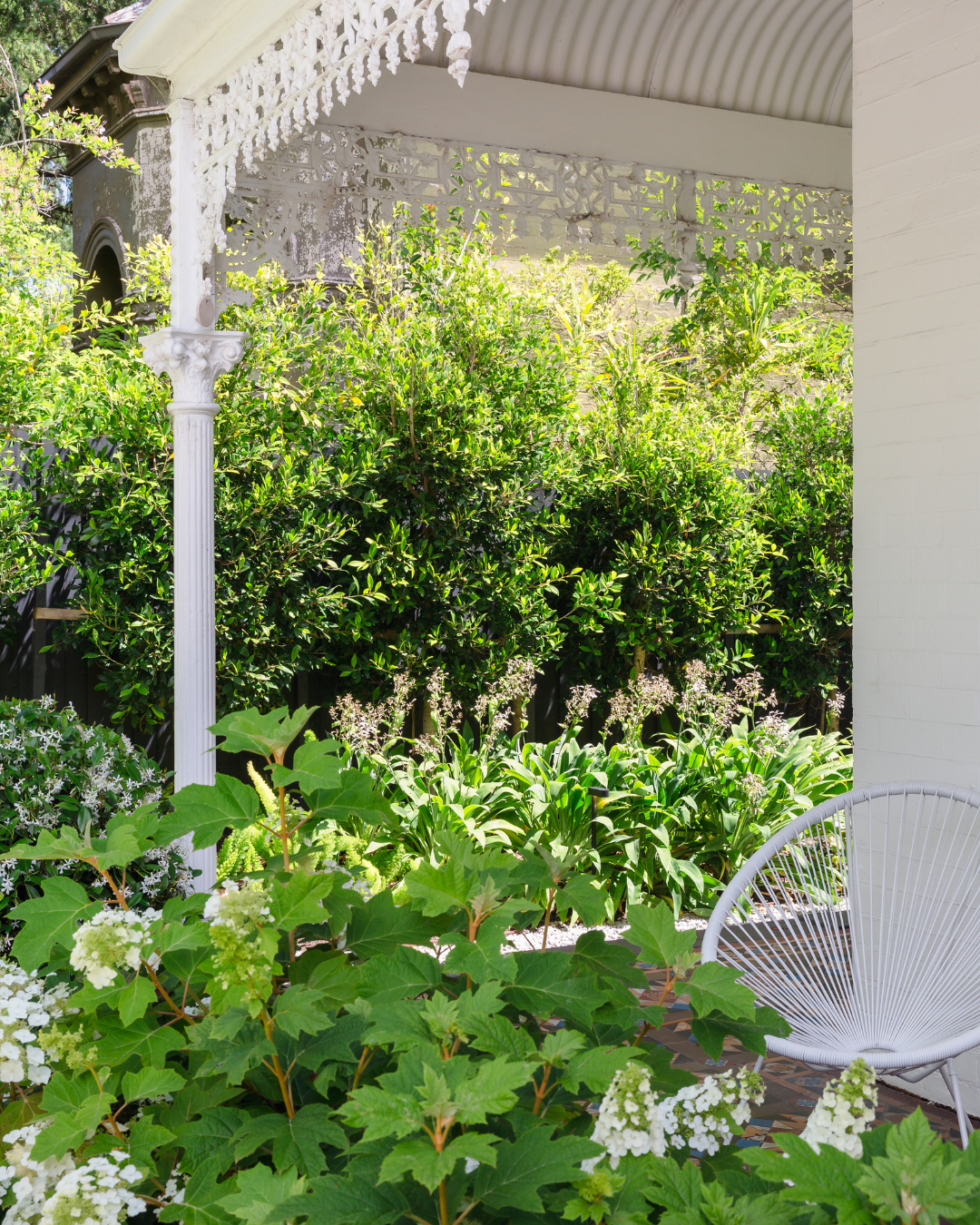
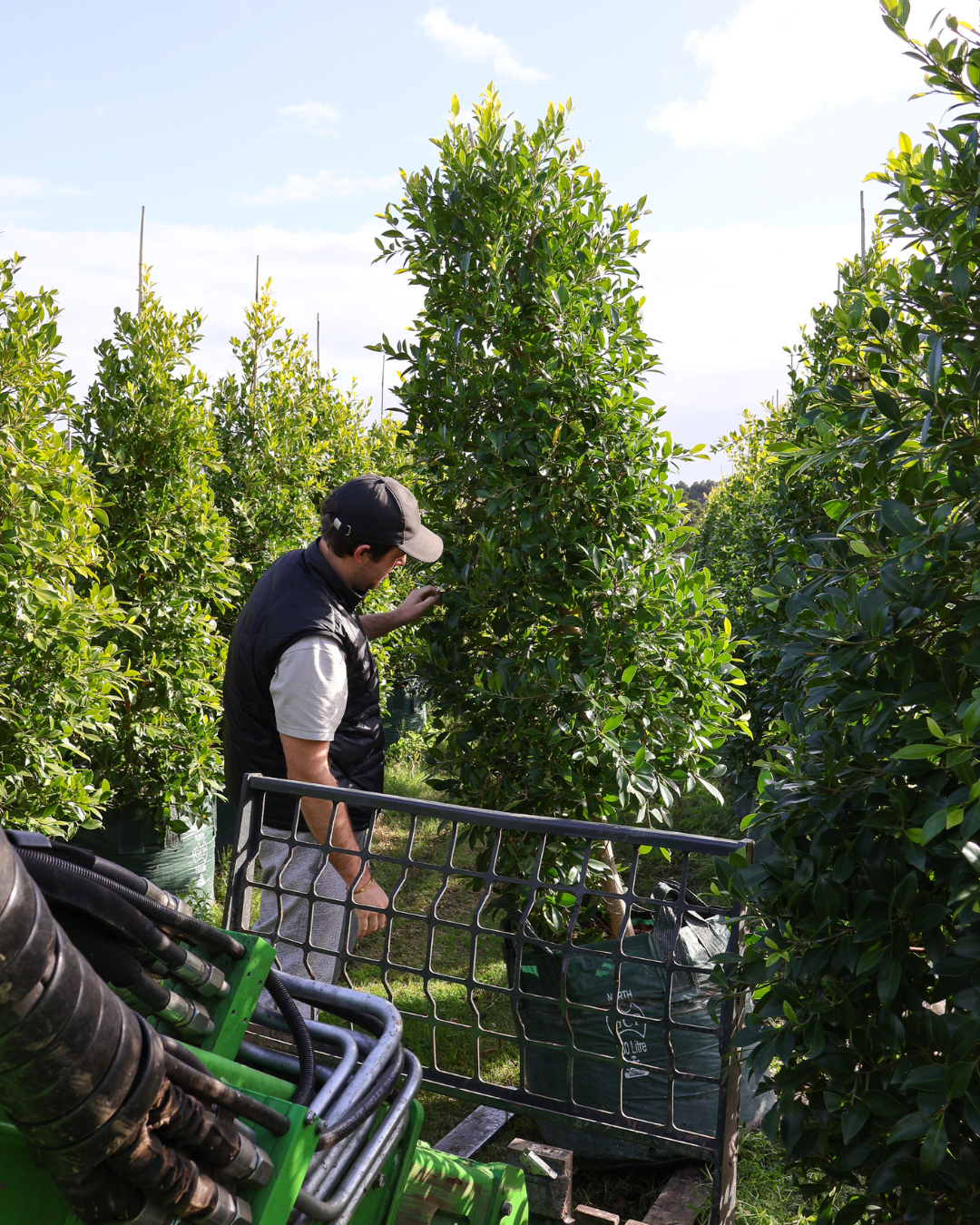

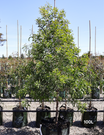
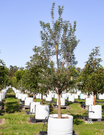

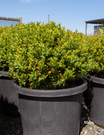
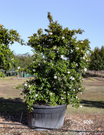
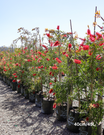
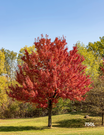

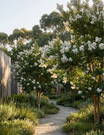

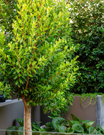
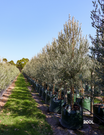
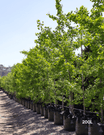
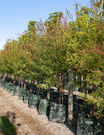


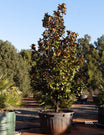
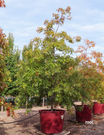

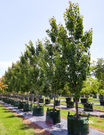
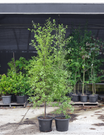



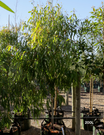
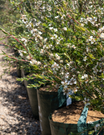
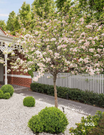

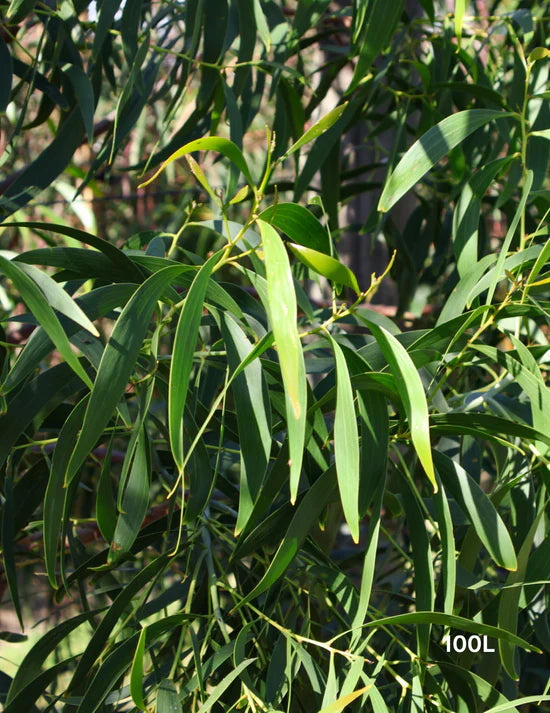



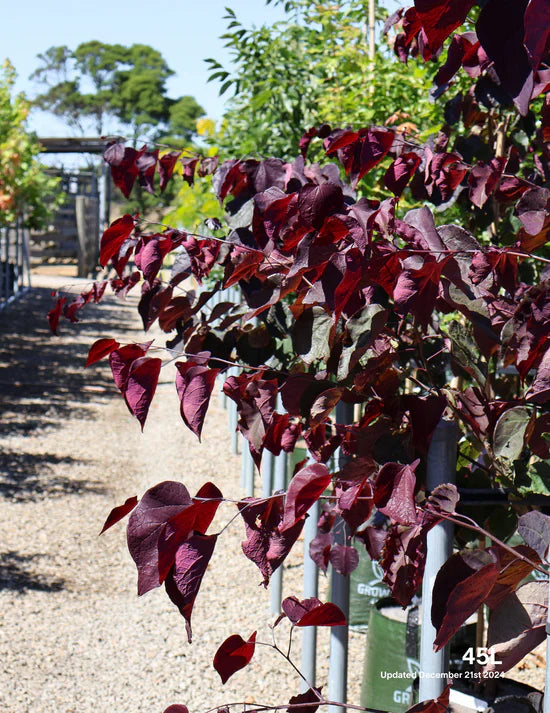
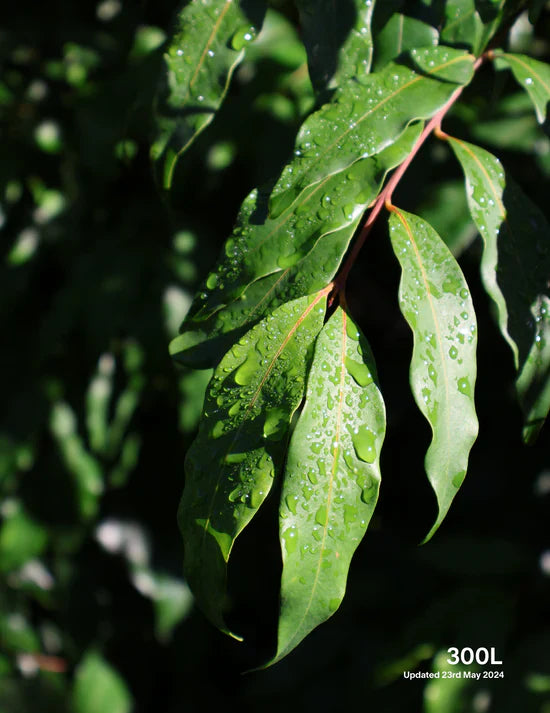
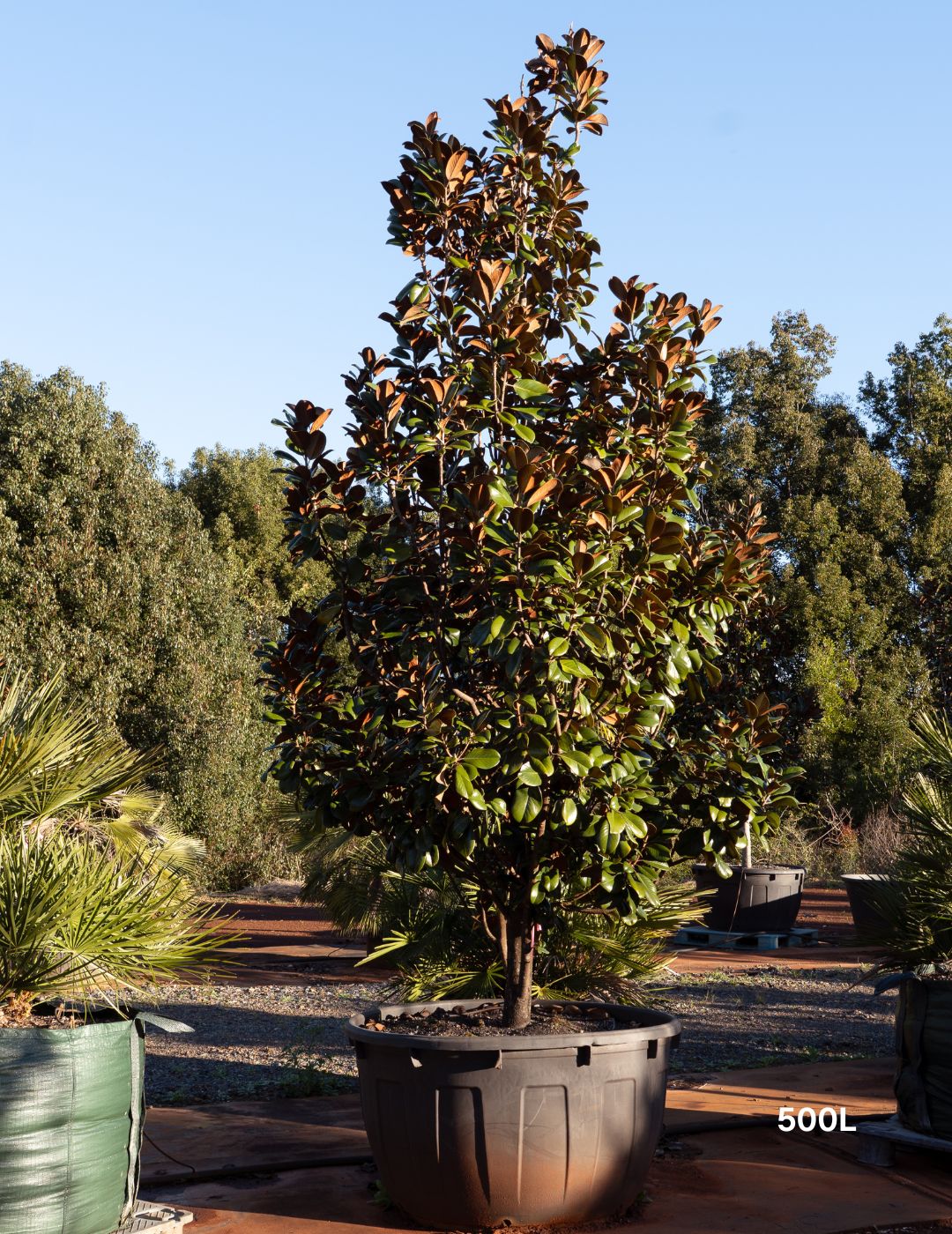
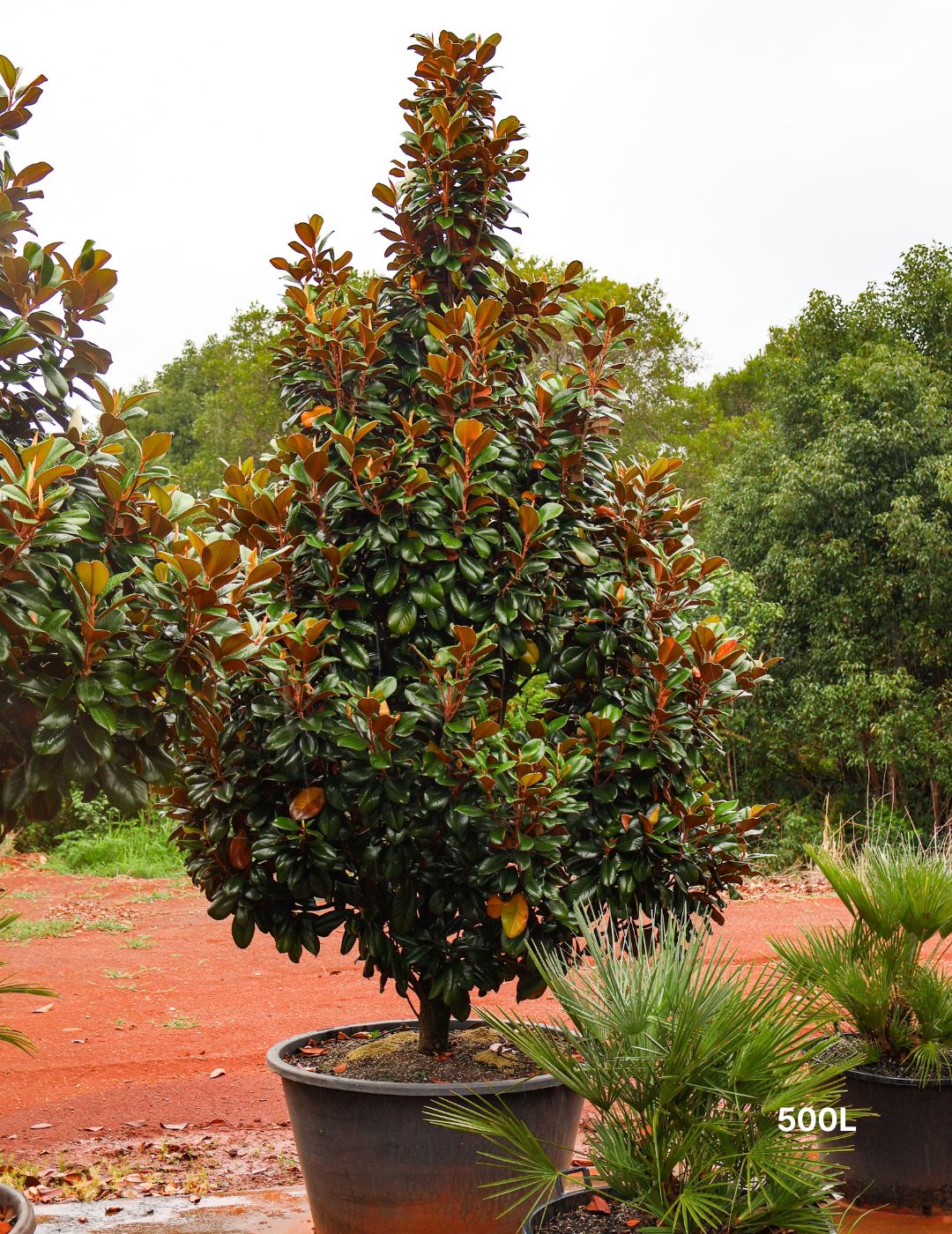
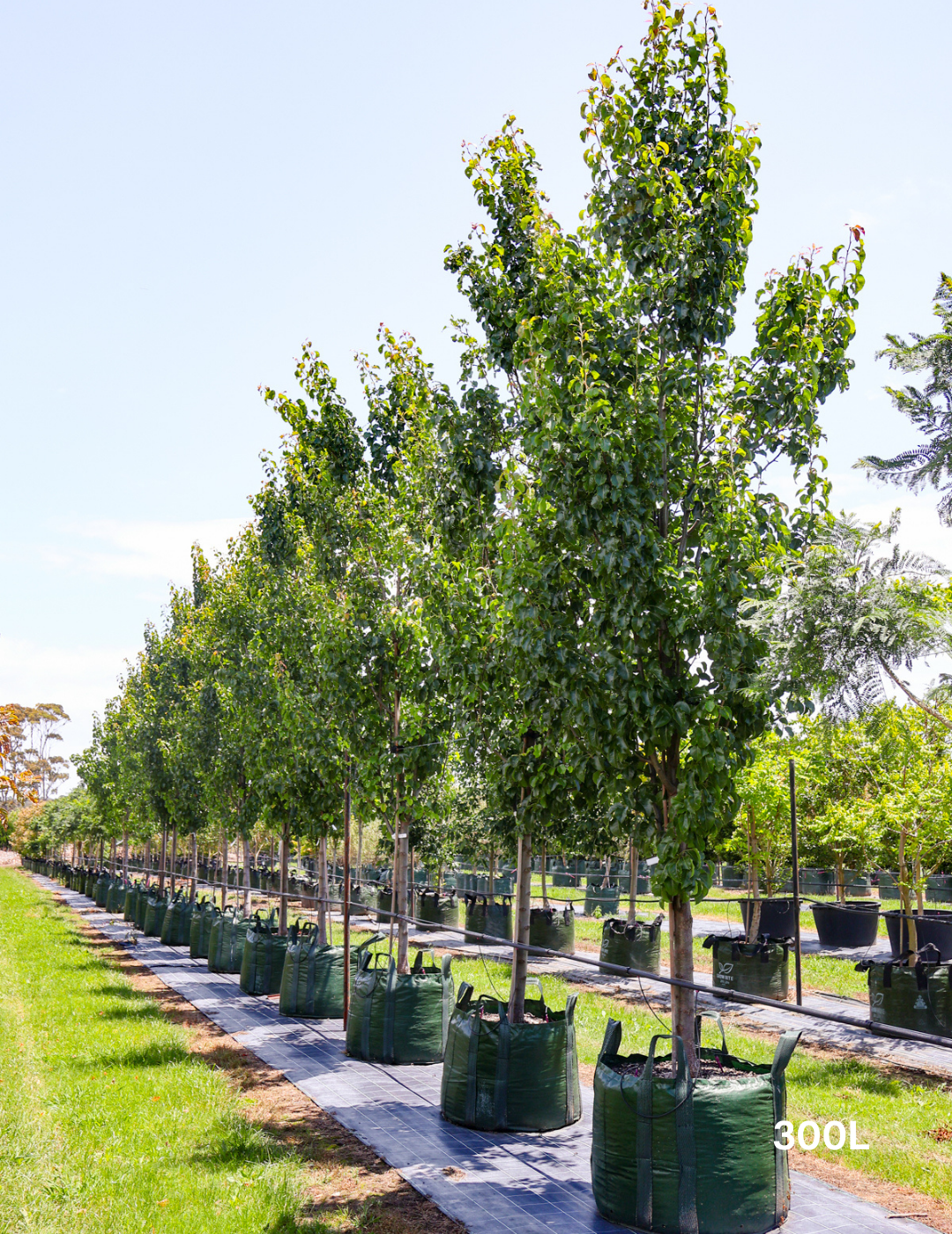
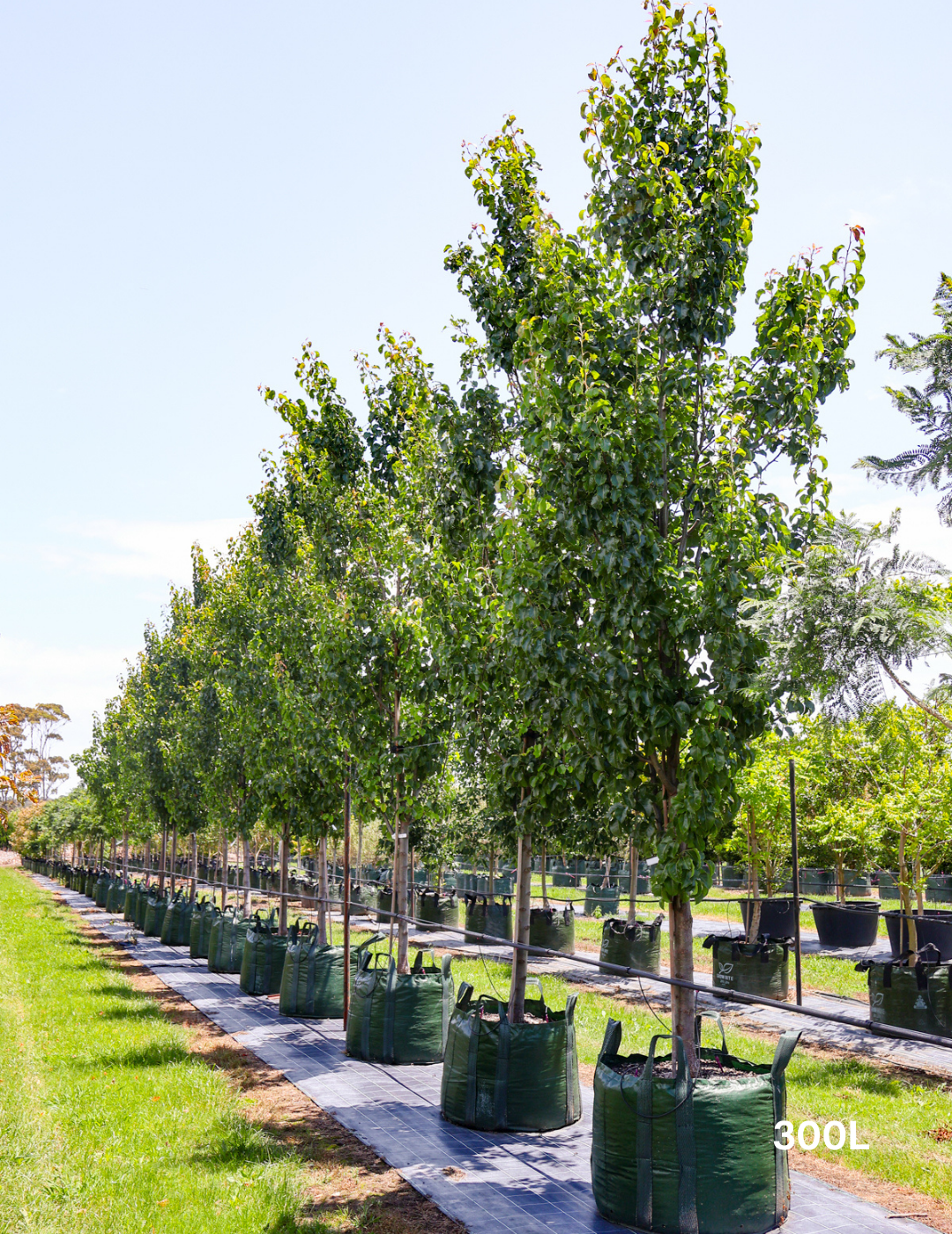
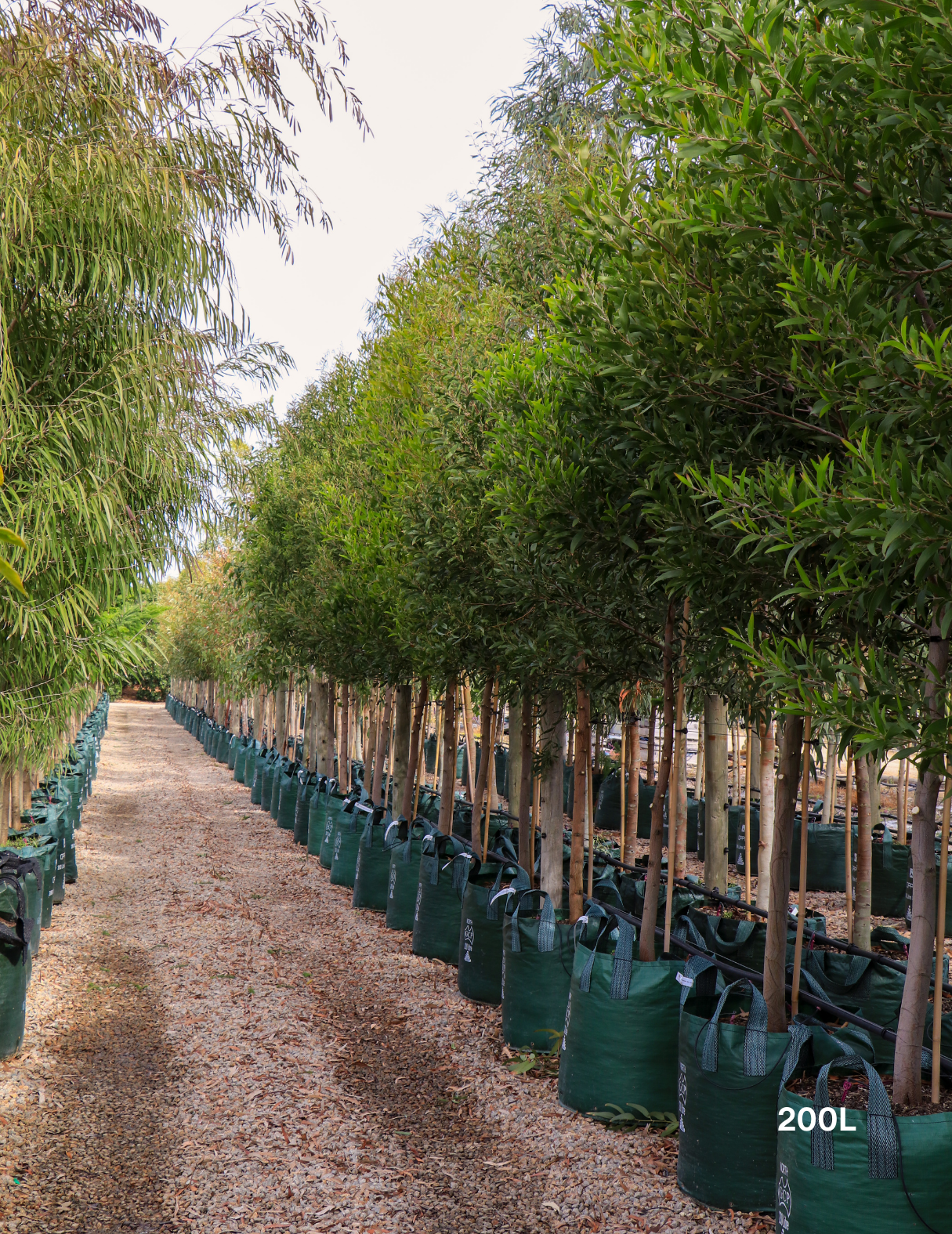
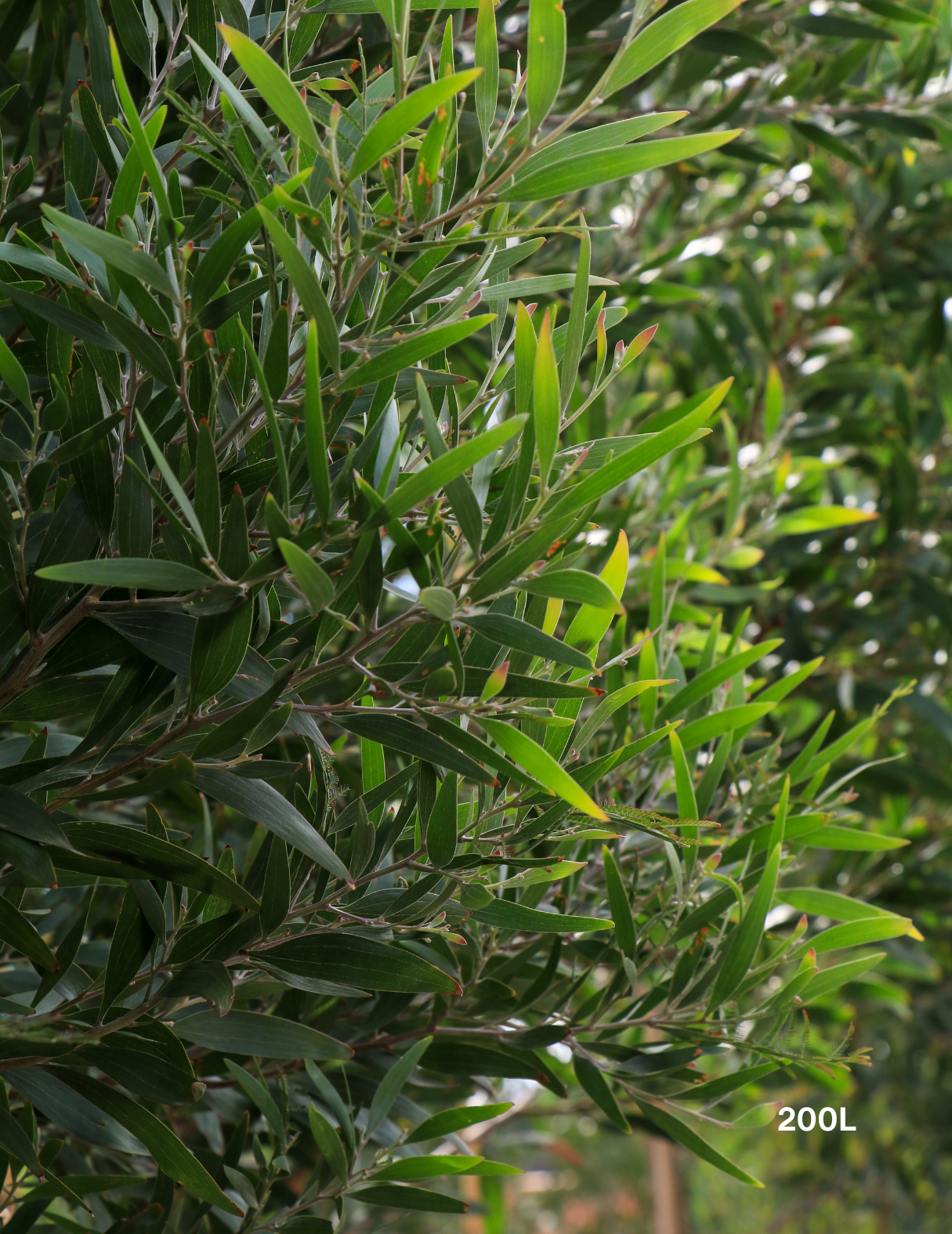
Leave a comment
This site is protected by hCaptcha and the hCaptcha Privacy Policy and Terms of Service apply.